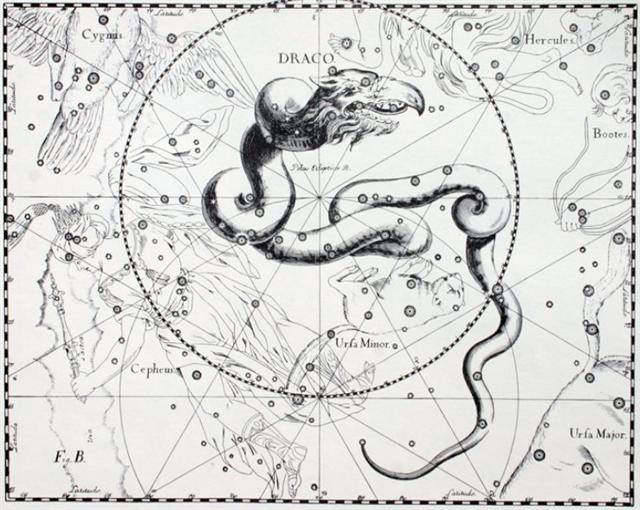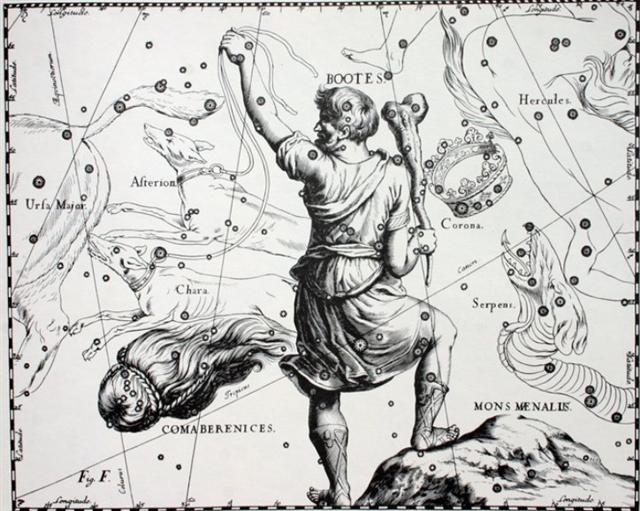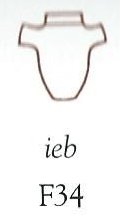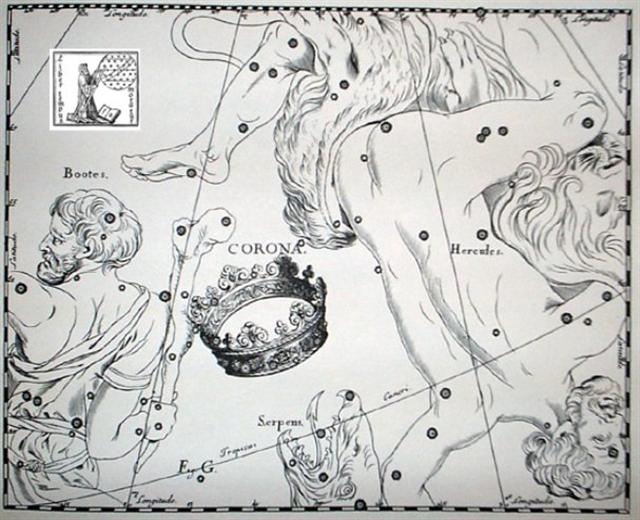309. What happened after AUGUST 24 (day 236 = 4 * 59)? What happens after FEBRUARY 23 (TERMINALIA)? ... What happens after (or happened, or will happen sometime, for this myth is written in the future tense), is told in the Völuspa, but it is also amplified in Snorri's Gylfaginning (53), a tale of a strange encounter of King Gylfi with the Aesir themselves, disguised as men, who do not reveal their identity but are willing to answer questions: 'What happens when the whole world has burned up, the gods are dead, and all of mankind is gone? You have said earlier, that each human being would go on living in this or that world.' So it is, goes the answer, there are several worlds for the good and the bad. Then Gylfi asks: 'Shall any gods be alive, and shall there be something of earth and heaven?' And the answer is: 'The earth rises up from the sea again, and is green and beautiful and things grow without sowing. Vidar and Vali are alive, for neither the sea nor the flames of Surt have hurt them and they dwell on the Eddyfield, where once stood Asgard. There come also the sons of Thor, Modi and Magni, and bring along his hammer. There come also Balder and Hoder from the other world. All sit down and converse together. They rehearse their runes and talk of events of old days. Then they find in the grass the golden tablets that the Aesir once played with. Two children of men will also be found safe from the great flames of Surt. Their names, Lif and Lifthrasir, and they feed on the morning dew and from this human pair will come a great population which will fill the earth. And strange to say, the sun, before being devoured by Fenrir, will have borne a daughter, no less beautiful and going the same ways as her mother.' Then, all at once, concludes Snorri's tale wryly, a thunderous cracking was heard from all sides, and when the King looked again, he found himself on the open plain and the great hall had vanished ...
In the C text its side b was probably beginning at heliacal Sheratan, we remember, with Hamal 3 days (glyphs) later.
And the number of glyphs on side a was designed to be 392 which 'happened to be' twice the distance from the train of the garment of Andromeda (*19) to the train of the garment of Virgo (*215).
All Hearts' Day (2-14) was marked by a broad hau tea type of glyph with 'eyes' (faces) in both directions:
... In the inscriptions of Dendera, published by Dümichen, the goddess Hathor is called 'lady of every joy'. For once, Dümichen adds: Literally ... 'the lady of every heart circuit'. This is not to say that the Egyptians had discovered the circulation of the blood. But the determinative sign for 'heart' often figures as the plumb bob at the end of a plumb line coming from a well-known astronomical or surveying device, the merkhet. Evidently, 'heart' is something very specific, as it were the 'center of gravity' ... See Aeg.Wb. 2, pp. 55f. for sign of the heart (ib) as expressing generally 'the middle, the center'. And this may lead in quite another direction. The Arabs preserved a name for Canopus - besides calling the star Kalb at-tai-man ('heart of the south') ... Suhail el-wezn, 'Canopus Ponderosus', the heavy-weighing Canopus, a name promptly declared meaningless by the experts, but which could well have belonged to an archaic system in which Canopus was the weight at the end of the plumb line, as befitted its important position as a heavy star at the South Pole of the 'waters below'. Here is a chain of inferences which might or might not be valid, but it is allowable to test it, and no inference at all would come from the 'lady of every joy'. The line seems to state that Hathor (= Hat Hor, 'House of Horus') 'rules' the revolution of a specific celestial body - whether or not Canopus is alluded to - or, if we can trust the translation 'every', the revolution of all celestial bodies. As concerns the identity of the ruling lady, the greater possibility speaks for Sirius, but Venus cannot be excluded; in Mexico, too, Venus is called 'heart of the earth' ...
And an exceptional glyph was incised 5 days after Sheratan, corresponding to the time when the Full Moon was at Arcturus (and at Syrma, the Train of the Virgin's Robe):
There were 48 days from the end of the Sun cycle to day 14 * 29½. A new beginning ('earth') could have been counted from Alcyone in the Pleiades, which came early in line Cb2:
... In other words, the ancient Druidic religion based on the oak-cult will be swept away by Christianity and the door - the god Llyr - will languish forgotten in the Castle of Arianrhod, the Corona Borealis. This helps us to understand the relationship at Rome of Janus and the White Goddess Cardea who is ... the Goddess of Hinges who came to Rome from Alba Longa. She was the hinge on which the year swung - the ancient Latin, not the Etruscan year - and her importance as such is recorded in the Latin adjective cardinalis - as we say in English 'of cardinal importance - which was also applied to the four main winds; for winds were considered as under the sole direction of the Great Goddess until Classical times ... |
||||||||||||||||||||||||||||||||||||||||||||||||||||||||||||||||||||||||||||||||||||||||||||||||||||||||||||||||||||||||||||||||||||||||||||||||||||||||||||||||||||||||||||||||||||||||||||||||||||||||||||||||||||||||||||||||||||||||||||||||||||||||||||||||||||||||||||||||||||||||||||||||||||||||||||||||||||||||||||||||


















